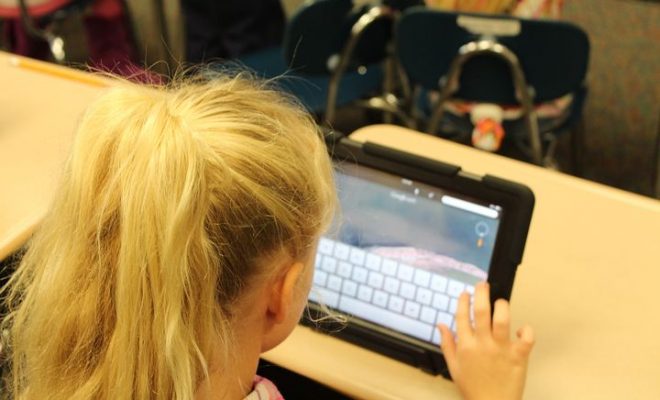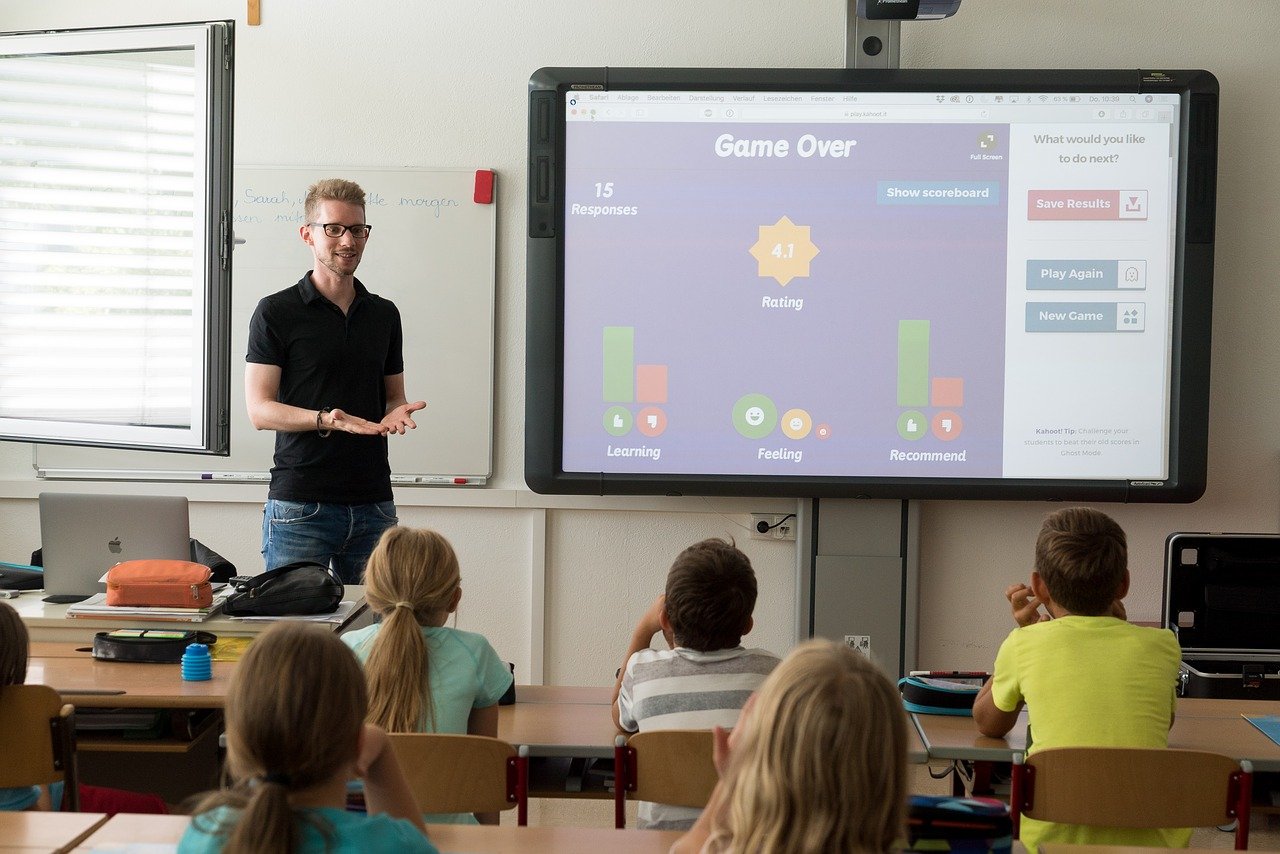5 Current Teaching Trends We’ll Look Back On and Think WHAT

1. Flipped Learning: Flipped learning is a teaching approach in which students learn new content outside of the classroom through pre-recorded videos or online modules. In-class time is then used for hands-on activities, discussions, and collaborative projects. However, looking back, we may question if this method was effective in promoting deep understanding and critical thinking or if it simply shifted the responsibility of learning onto students without adequate support.
2. Gamification: Gamification involves incorporating game elements and mechanics into the learning process to increase student engagement and motivation. While it has been successful in capturing students’ attention and fostering a competitive spirit, we may wonder if it truly enhanced learning outcomes or if it merely provided short-term extrinsic rewards that failed to develop intrinsic motivation and a genuine love for learning.
3. Personalized Learning: Personalized learning aims to tailor instructional strategies and content to meet the individual needs and interests of students. However, as we reflect, we may question if this approach inadvertently contributed to further segregation and inequality in education. Did it adequately address the diverse needs of all students or inadvertently perpetuate biases and reinforce existing educational inequities?
4. Technology Integration: The integration of technology in classrooms has been a prevalent trend in recent years. While it has undoubtedly provided access to vast resources and new educational tools, we may reflect on whether we became too reliant on technology as a panacea for all educational challenges. Did it prioritize pedagogical strategies and the development of critical thinking skills, or did it overshadow the importance of human interaction and other essential aspects of traditional education?
5. Standardized Testing: Standardized testing has long been a controversial topic in education. Looking back, we may wonder if the emphasis placed on high-stakes testing accurately measured student achievement, or if it created a narrow focus on rote memorization and limited the scope of teaching and learning. Did standardized testing truly reflect students’ abilities and potential, or did it hinder creativity and critical thinking skills?
As time progresses, it is essential to critically assess these teaching trends to ensure that our educational practices align with the best interests of our students. Only through reflection and continuous adaptation can we create an educational system that prepares students for the challenges of the future while fostering their individual growth and love for learning.



